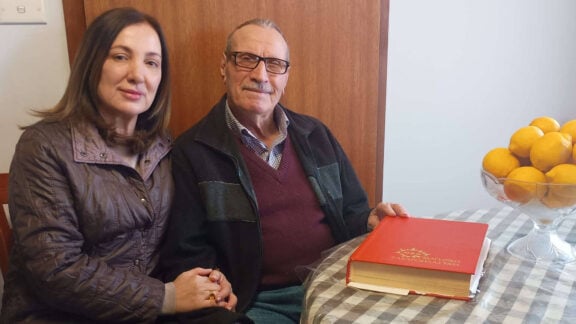Breast milk may provide longer-term benefits than previously thought, extending even into adulthood, according to Greek Australian researcher Foteini Hassiotou from the University of Western Australia.
Her study found that in mice, stem cells received during infancy from a mother’s breast milk were present in several tissues all around the body, including in the brain, blood, kidneys, and pancreas, throughout life.
Some of the stem cells even integrated into organs to become functional cells, including neurons and insulin-producing cells in the pancreas. The findings might suggest a new direction for research on therapeutic uses of stem cells.
The procedure that the researchers, led by Foteini Hassiotou, used involved glowing mice, which were genetically modified to express a gene called tdTomato, which causes cells to fluoresce red under ultraviolet light. These mice were mated, and their babies were swapped with the pups of another, unmodified mother mouse. The new pups suckled the modified mouse and, as a result, obtained glowing red stem cells from the breast milk.
Foteini Hassiotou graduated from the Aristotle University of Greece in 2005 with a B.Sc. in Biology and First Class Honours in Microbiology and Physiology.
She started a PhD in Physiology at the University of Western Australia, which she completed in 2009. She then joined the Hartmann Human Lactation Research Group of the University of Western Australia conducting research into the physiology of breastfeeding and breast milk stem cells.
Foteini’s research has a dual focus, concentrating on (a) the properties of the maternal stem cells that are present in breast milk and their biological role, and (b) mammary stem cells in health and disease. She aims at understanding the role of these cells for the breastfed infant and in the lactating breast, as well as using them as models in breast cancer research to elucidate how these cells are subjected to malignant transformation that leads to cancer.








